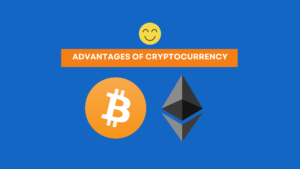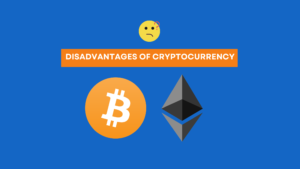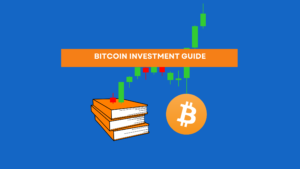
Photo by <a href="https://unsplash.com/@asyfaul" rel="nofollow">Muhammad Asyfaul</a> on <a href="https://unsplash.com/?utm_source=hostinger&utm_medium=referral" rel="nofollow">Unsplash</a>
Cryptocurrency trading volume refers to the total number of coins or tokens traded on a particular exchange or across multiple exchanges within a specific time frame. It is a crucial metric used to measure the level of activity and liquidity in the cryptocurrency market.
Trading volume plays a significant role in the cryptocurrency ecosystem as it provides valuable insights into market dynamics, investor sentiment, and price trends. Here are a few reasons why cryptocurrency trading volume matters:
Liquidity and Market Depth
High trading volume indicates a liquid market with a significant number of buyers and sellers. Liquidity is essential for efficient price discovery and smooth execution of trades. A liquid market allows traders to enter and exit positions easily without causing significant price fluctuations. It also reduces the risk of market manipulation.
Market depth, which refers to the availability of buy and sell orders at different price levels, is directly influenced by trading volume. Higher trading volume leads to deeper order books, providing traders with more options and better opportunities to execute their trades.

Get Your Money Back with RXVCOMP Recovery
Are you a victim of scam?
As a victim of a scam, RXVCOMP Recovery is here to help you recover your assets and get your money back! We are very confident to recover all assets stolen.
Price Discovery
Trading volume plays a crucial role in price discovery, especially in less liquid markets. When trading volume is low, it can be challenging to determine the fair market value of a cryptocurrency. However, as the trading volume increases, more market participants contribute to price formation, leading to a more accurate reflection of supply and demand dynamics.
Price movements often correlate with trading volume. High trading volume during an uptrend suggests strong bullish sentiment, while high volume during a downtrend indicates bearish sentiment. Monitoring trading volume can help traders identify potential trend reversals or confirm the strength of an existing trend.
Market Manipulation and Wash Trading
Low trading volume makes the market susceptible to manipulation, such as pump-and-dump schemes. Manipulators can artificially inflate the price of a cryptocurrency by buying a large number of coins, creating a false sense of demand. Once the price rises, they sell their holdings, causing the price to crash and leaving other investors at a loss.
Wash trading, a practice where traders buy and sell assets to create the illusion of trading activity, can also distort trading volume data. It involves artificially inflating trading volume without any real economic value. Monitoring trading volume helps identify suspicious patterns and potential manipulation attempts, allowing regulators and exchanges to take necessary actions.
Market Sentiment and Investor Confidence
Trading volume reflects market sentiment and investor confidence. When trading volume is high, it indicates increased participation and interest in the market. High trading volume during a price rally suggests that investors have confidence in the upward momentum and are actively buying. Conversely, low trading volume during a rally may indicate a lack of conviction and potential market weakness.
Monitoring trading volume can help investors gauge market sentiment and make informed decisions. It provides insights into the level of market participation, which can be useful for assessing the overall health and stability of the cryptocurrency market.
Cryptocurrency trading volume is a crucial metric that provides valuable insights into market liquidity, price discovery, market manipulation, and investor sentiment. It helps traders and investors make informed decisions and navigate the dynamic cryptocurrency market. By understanding the importance of trading volume, market participants can better assess risks and opportunities, contributing to a more efficient and transparent market.





